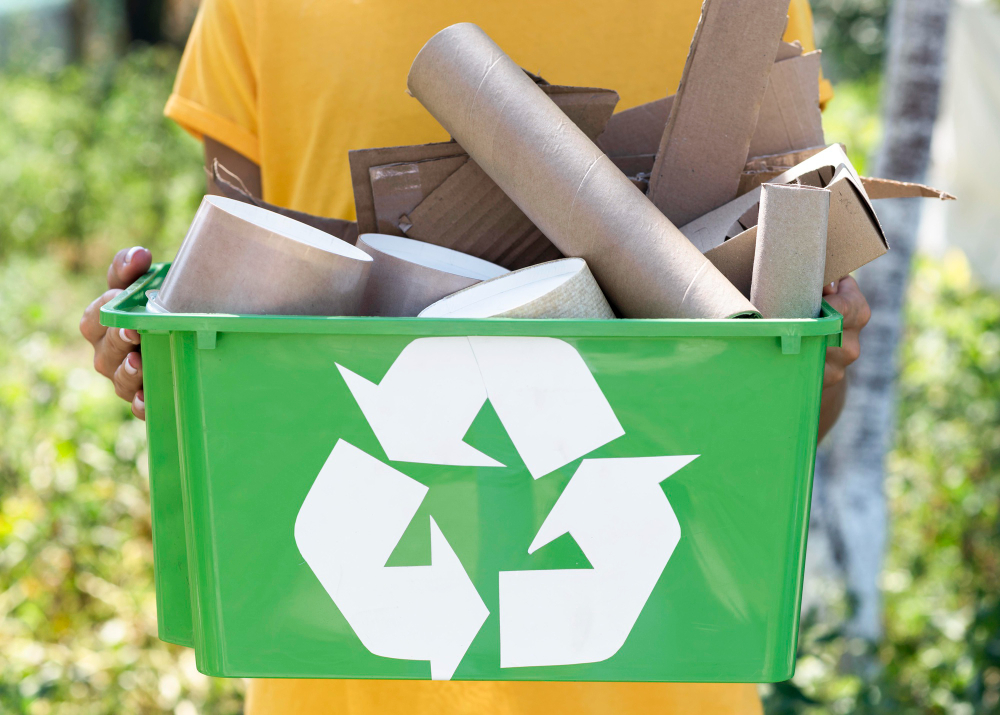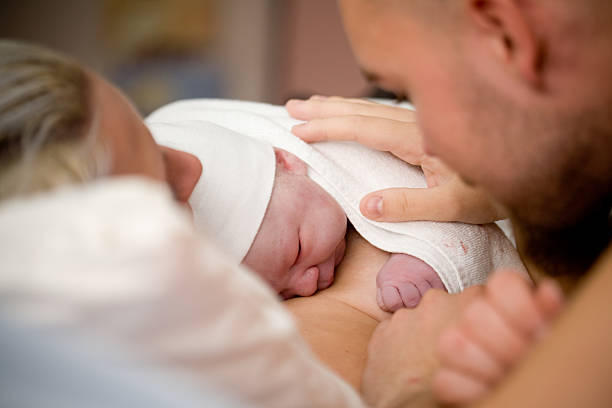Electronic devices have become essential in our lives, but what happens when they reach the end of their life cycle? You might have an old laptop, a broken phone, or a toaster that’s finally given up. Tossing them in the bin isn’t the best option, both for the environment and often for the law. Enter WEEE recycling – the process designed to handle all your electronic waste sustainably.
Contents
What is WEEE Recycling?
WEEE stands for Waste Electrical and Electronic Equipment. It refers to the recycling of electronics and electrical goods that are no longer in use. Think of it as giving your old gadgets a second life, ensuring they don’t end up in a landfill where they can harm the environment.
Why is WEEE Recycling Important?
Environmental Impact
Every time you throw away an electronic item, you’re contributing to a growing problem. Electronics contain hazardous materials like lead, mercury, and cadmium. When these items end up in landfills, these toxic substances can seep into the soil and water, causing environmental damage. WEEE recycling in London helps mitigate this risk by safely processing and disposing of these harmful materials.
Resource Conservation
Many electronic devices contain valuable materials like gold, silver, and copper. By recycling, we can recover these resources, reducing the need to mine for new materials. This conserves natural resources and reduces the energy and pollution associated with mining.
Legal Compliance
In many places, there are strict regulations governing the disposal of electronic waste. Failing to comply can result in hefty fines. WEEE recycling ensures you’re following the law while doing your part for the planet.
How Does WEEE Recycling Work?
Collection
The first step is collecting the electronic waste. This can be done through designated drop-off points, special collection events, or even scheduled pickups in some areas. Some retailers also offer take-back programs where you can return old electronics when you buy new ones.
Sorting and Disassembly
Once collected, the waste is sorted into different categories: large household appliances, small household appliances, IT and telecom equipment, consumer electronics, and so on. Each category is then disassembled to separate the different materials.
Processing
The disassembled parts are processed to extract valuable materials. Metals like copper, aluminum, and gold are recovered through smelting and refining processes. Plastics are also sorted and processed to be reused in new products.
Safe Disposal
Hazardous materials are treated and disposed of safely to prevent environmental contamination. This might involve special incineration processes or secure storage facilities for particularly dangerous substances.
What Can You Do?
You don’t need to be a recycling expert to make a big difference. Here are a few simple steps you can take:
1. Donate or Sell
If your electronic device is still working, consider donating it to someone who can use it. Charities, schools, and community groups often accept old electronics. You can also sell them online or at a second-hand store.
2. Use Designated Recycling Points
Find out where your local recycling points are and take your old electronics there. Many municipalities have specific WEEE recycling points or events where you can drop off your e-waste.
3. Return to Retailers
When buying new electronics, ask the retailer if they have a take-back program. Many stores will take your old device when you purchase a new one.
4. Educate Others
Spread the word about the importance of WEEE recycling. The more people know about it, the more e-waste we can divert from landfills.
Interesting Facts about WEEE Recycling
- Global Issue: The world generates over 50 million tonnes of e-waste each year. Only about 20% is properly recycled.
- Precious Metals: Your old smartphone could contain more precious metals than a tonne of ore from a gold mine.
- Energy Savings: Recycling one million laptops saves enough energy to power over 3,500 homes for a year.
Conclusion
WEEE recycling might not be the most glamorous topic, but it’s crucial for the health of our planet. By recycling your old electronics, you’re helping to conserve resources, reduce pollution, and comply with the law. Plus, it’s easier than you might think! Whether you’re donating, using recycling points, or returning items to retailers, every little bit helps. So next time you upgrade your phone or replace a household appliance, think about WEEE recycling – it’s a simple step that makes a big difference.
Quick Tips for Effective WEEE Recycling
- Check Labels: Look for the recycling symbol on your electronics. It can guide you on proper disposal methods.
- Remove Personal Data: Before recycling your devices, make sure to wipe all personal data. Factory reset your phone or use data-wiping software for computers.
- Recycle Accessories: Don’t forget about cables, chargers, and other accessories. They can be recycled too!
By incorporating these practices into your routine, you can become a WEEE recycling pro in no time. Let’s work together to keep our planet clean and green!



